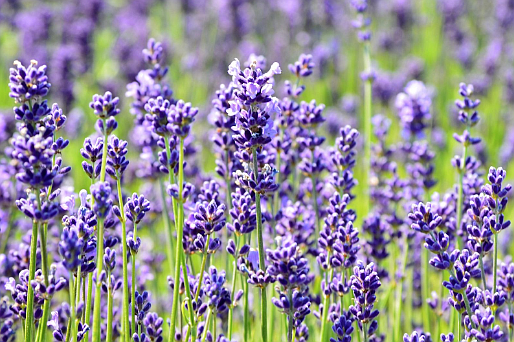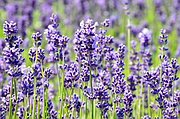CRITTERS OF NORTH IDAHO: Coeur d'Alene Salamander
Right now, a fleet of slimy, smooth-skinned, relentless predators are emerging from the depths of the earth to feed. All of them have spent the summer months fast asleep, waiting for the summer heat and dryness to dissipate so they may rule the earth … or at least the spray zones, seeps, rocks and vegetation alongside our local streams, rivers and lakes. Thankfully these 2- to 2.4-inch long predators are not after us, but the insects, snails, worms, millipedes, mites and spiders they’re after had better watch out, for they are on the menu!
The predators in question are Coeur d’Alene salamanders (Plethodon idahoensis). Though they might look like tiny lizards, they have the smooth, moist skin that scaly-skinned lizards do not. They’re not even reptiles. Rather, they’re in the same group of animals that includes frogs, newts and toads: amphibians. The Coeur d’Alene salamander was discovered on the southern shore of our own Lake Coeur d’Alene by James R. Slater and John W. Slipp in 1939. Slipp and Slater realized this creature as a new species of salamander by taking notice of its dark gray skin, yellowish throat patch and the bright-colored stripe running down the top of its body. While most common in North Idaho, small populations are known from southern British Columbia and western Montana.
Coeur d’Alene salamanders are members of the plethodontidae family, and what makes this group of salamanders unique is the fact that they don’t have lungs! Instead, they breathe through their skin. Because of this, their skin must be kept wet at all times, limiting their habitat to cool, damp environments. This, and the fact that they rely on the sun’s heat to rapidize their metabolism, limits the times of year they can be out and about. The first part of the year where they are active starts in late March, and this is when they usually find a mate. After locating each other, the male and female pair perform a pre-mating courtship ritual that can last over an hour! Sometime later, the female lays a clutch of six or seven fertilized eggs. Coeur d’Alene salamanders have never been observed laying eggs in the wild, but it is believed they deposit them in underground rock crevices.
The salamanders remain active above ground until June, when they retreat underground until mid-September for what is called aestivation. Aestivation is the hot-climate or summertime equivalent of hibernation. African lungfish are well known for aestivating during hot, African droughts when their local bodies of water dry up. Coeur d’Alene salamanders become active again around mid-September. This is also when their eggs hatch. Unlike frogs, Coeur d’Alene salamanders hatch as miniature versions of their parents and do not go through a tadpole phase. The salamanders have a short window of time to eat their fill before they descend into their burrows for a long, deep wintertime sleep.
If you can, be sure to check the areas around bodies of water near you. If you’re fortunate, you might get a chance to see Coeur d’Alene’s own salamander before they disappear for winter hibernation.
HOMESCHOOL PROJECT
FALL GARDENING
Photo Credit: Silar, Wikimedia Commons
Autumn is a great time for observing wildlife right outside your home. But pests, like ticks, mosquitoes, fleas and moths, can prevent you from immersing yourself in nature. Did you know that there are special herbs or flowers you can grow to deter these pesky critters?
According to plantmaps.com, Coeur d’Alene is in planting zones 6b and 7a. Lavender happens to be one of the flowers that grow well in our region and has beautiful flowers most of the year. It not only smells good, but it may repel ticks, fleas, mosquitoes, and even moths.
The best planting time for lavender is fall. October’s cooler temperatures, low to moderate rainfall and less intense sun work well for planting lavender. It thrives in any poor or moderately fertile soil. By establishing itself in fall and winter, lavender is ready to bloom in spring. A perfect time to bloom because spring is the other time of year when animals are especially active, sometimes right in your own backyard.
Project provided by Angel Dominiq
angeldominiq13@gmail.com





